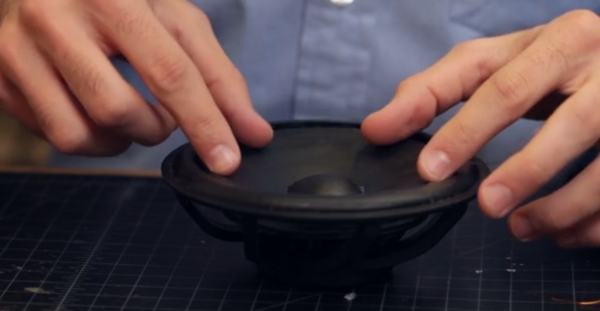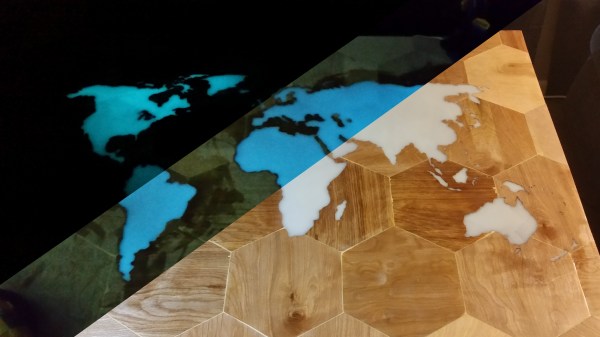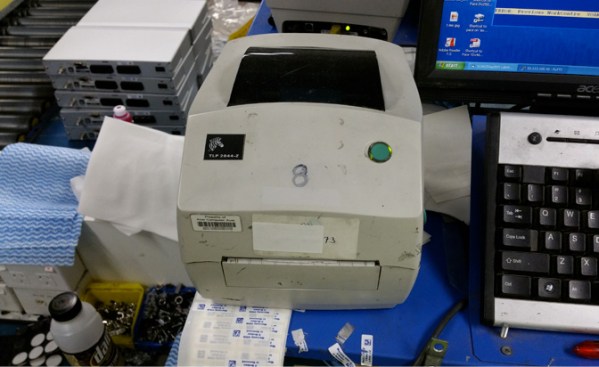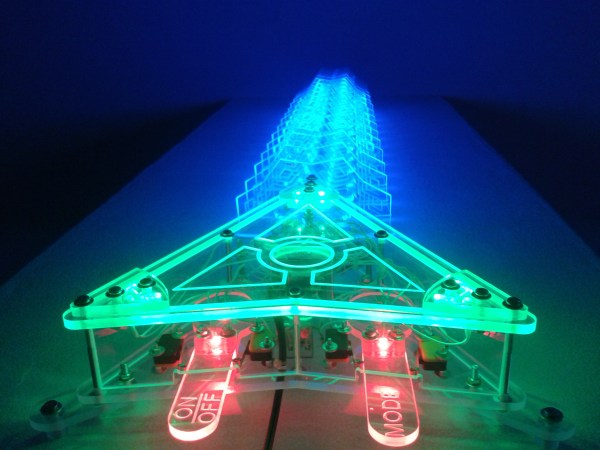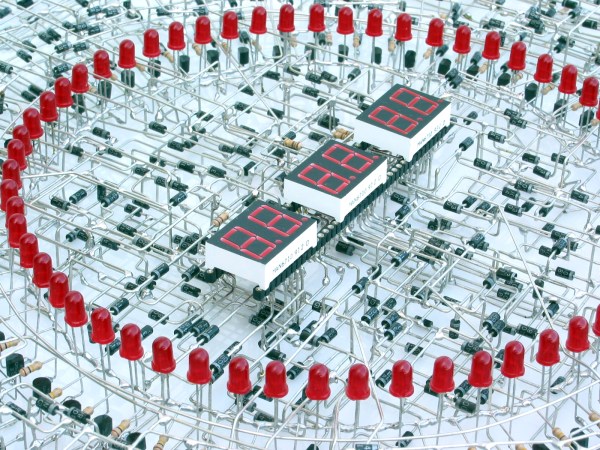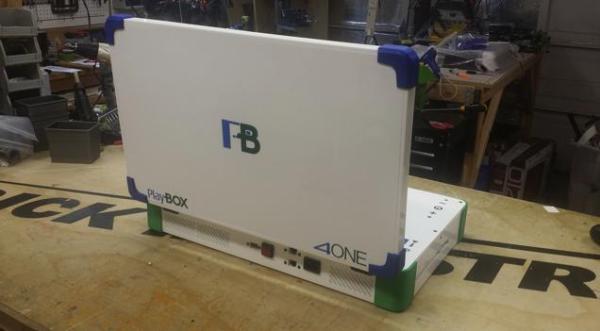Unless you’re some incredibly gifted individual with more dexterity than a fighter jet pilot, making anything on a Etch-a-Sketch is hard. So [Evan] decided to motorize it, and cheat a little bit.
She’s using an Arduino Uno to control two stepper motors that she has bound to the Etch-a-Sketch knobs using a short piece of rubber tube and Gorilla Glue. She 3D printed some custom motor mounts to allow the motors to be positioned directly above the knobs, and a ULN2803 to switch the 12V required for the steppers.
After she had the hardware all setup, she coded a simple Python script to take in .PNGs and produce vector art to be sent through the Arduino. In case you’re wondering, an Etch-a-Sketch has approximately 550 x 370 pixels, or about 500 x 320 for the “safe zone”.
Due to the limitations of the Etch-a-Sketch, like its inability to stop writing, some images might require some editing before sending it off to your new Etch-a-Sketch printer.
Continue reading “Automated Etch-a-Sketch Re-Produces Famous Artwork”


